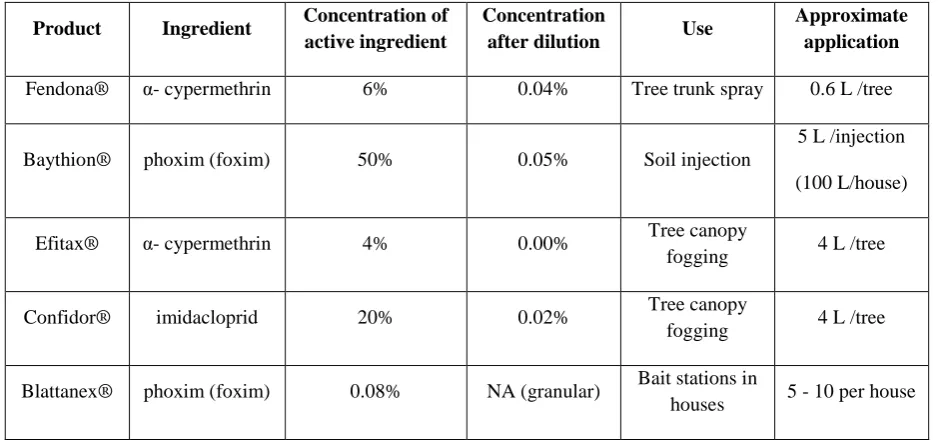GB Non-native Species Rapid Risk Assessment : Rapid Risk Assessment of: Lasius neglectus (Invasive Garden Ant)
Full text
Figure




Related documents
Reputation management (RM) is employed in distributed and peer-to-peer networks to help users compute a measure of trust in other users based on initial belief, observed behavior,
The nature of this decision is evident: the teaching of the dual procession is portrayed as successfully refuted on multiple occasions by Palamas, which statement invokes
This home's performance is rated in terms of the energy use per square metre of floor area, energy efficiency based on fuel costs and environmental impact based on carbon dioxide (CO
The sophisticated and experienced bidders in our sample start to make positive pro…ts from their …rst few auctions, but their behavior is lost in a learning re- gression that
This is a great time to encourage your friends, neighbors, and associates to join Friends of the Library ~ not only will they have the opportunity to attend fabulous programs,
There are two main options for all-ceramic posterior indirect restorations: full- coverage crowns and partial-coverage bonded onlays.. Jose-Luiz Ruiz and Gordon
Sharp (1899) used the name Platamus for a group of species congeneric with Platamus mexicanus Grouvelle, and described the genus Euplatamus for a group of species with lobed
Venter: Color shiny, dark reddish brown overlain with enamel-like, grey or light to dark brown (Fig. 2); abdominal sternites 1 – 5 completely smokey grey or light brown with moderate
